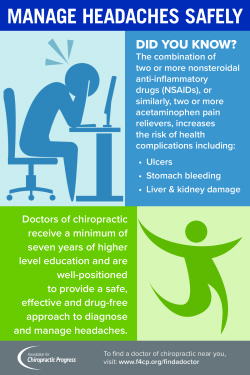Discovering The Science Behind Cold Laser Therapy
Discovering The Science Behind Cold Laser Therapy
Blog Article
Write-Up By-Ditlevsen Slattery
When taking into consideration alternate therapies, cold laser therapy attracts attention due to its one-of-a-kind technique to healing. By making visit the next site of specific wavelengths of light, it targets cellular features and advertises healing in a non-invasive manner. This method not only improves ATP production yet additionally help in reducing inflammation and pain. As research study remains to unravel, the ramifications for recovery and discomfort management could be considerable. What does this mean for future therapy options?
The Systems of Cold Laser Therapy
Cold laser therapy, likewise known as low-level laser therapy (LLLT), functions by promoting mobile feature via the application of specific wavelengths of light.
When the laser light permeates your skin, it communicates with the mitochondria in your cells, boosting ATP manufacturing. https://coldtherapy94714.blogripley.com/35044329/analyzing-the-current-landscape-of-laser-therapy-innovations-and-benefits in ATP invigorates your cells, advertising recovery and regrowth.
The light additionally affects cell membrane layers, enhancing their leaks in the structure and assisting in nutrient absorption while expelling toxic substances. Additionally, https://cold-laser-theray10998.targetblogs.com/34815653/five-ailments-resolved-by-cold-laser-therapy causes the launch of endorphins and reduces swelling, assisting your body respond more effectively to injury.
https://www.healthline.com/health/atopic-dermatitis/the-future-of-treatments-for-atopic-dermatitis improved blood flow as the therapy stimulates capillary development, making sure that oxygen and nutrients reach damaged cells a lot more efficiently.
Understanding these devices can assist you appreciate its possibility in promoting recovery.
Potential Advantages of Cold Laser Treatment
When taking into consideration alternatives for discomfort relief and healing, you might find cold laser treatment to be an attractive alternative. This non-invasive method can help reduce swelling, reduce pain, and advertise cells repair.
Many people report quicker recuperation times from injuries and surgical procedures after undergoing cold laser treatment. It's especially beneficial for problems like arthritis, tendonitis, and muscle pressures.
You might likewise value that it has marginal negative effects compared to drugs. In addition, cold laser therapy can improve blood circulation, which assists in delivering nutrients and oxygen to damaged areas.
Current Study and Clinical Applications
As interest in cold laser treatment grows, scientists are exploring its different applications and effectiveness in medical settings. You'll discover research studies investigating its function suffering management, injury recovery, and reducing swelling.
In physical treatment, specialists utilize cold laser treatment to improve healing in sporting activities injuries, while dental experts are locating it helpful for dealing with oral discomfort and gum tissue problems. Ongoing tests are evaluating its capacity in dealing with conditions like arthritis and neuropathy.
These researches intend to establish standard methods and dosages, making certain security and efficacy. As even more evidence emerges, you could see cold laser therapy becoming a staple in both rehab and pain monitoring, offering people a non-invasive option that enhances traditional therapies.
Verdict
To conclude, cold laser therapy offers an encouraging approach to healing by harnessing certain wavelengths of light to improve mobile functions and promote recuperation. With benefits like enhanced blood flow, reduced swelling, and pain alleviation, it's coming to be a useful option for various problems. As study continues to develop standardized procedures, you can anticipate better acceptance of this non-invasive therapy in recovery practices and discomfort monitoring techniques, making it a prospective game-changer for several people.
